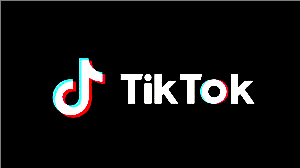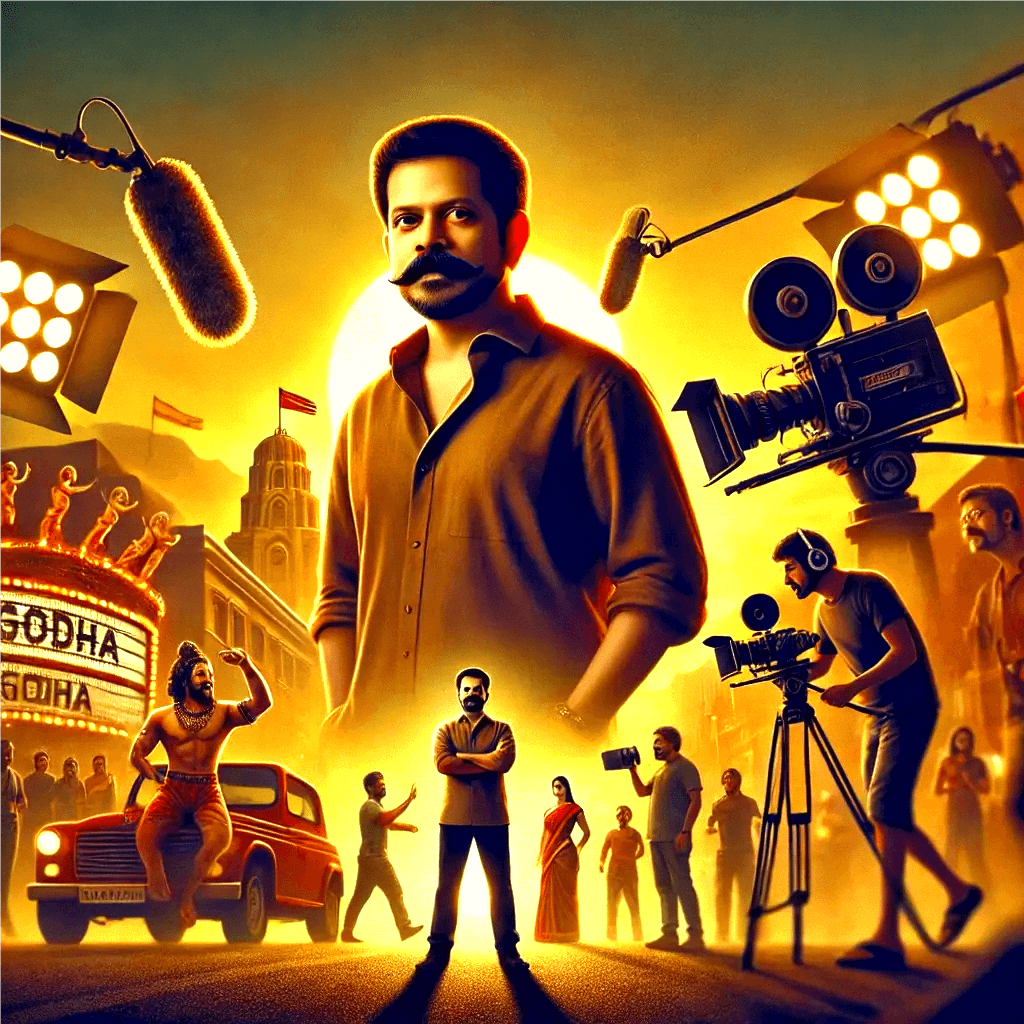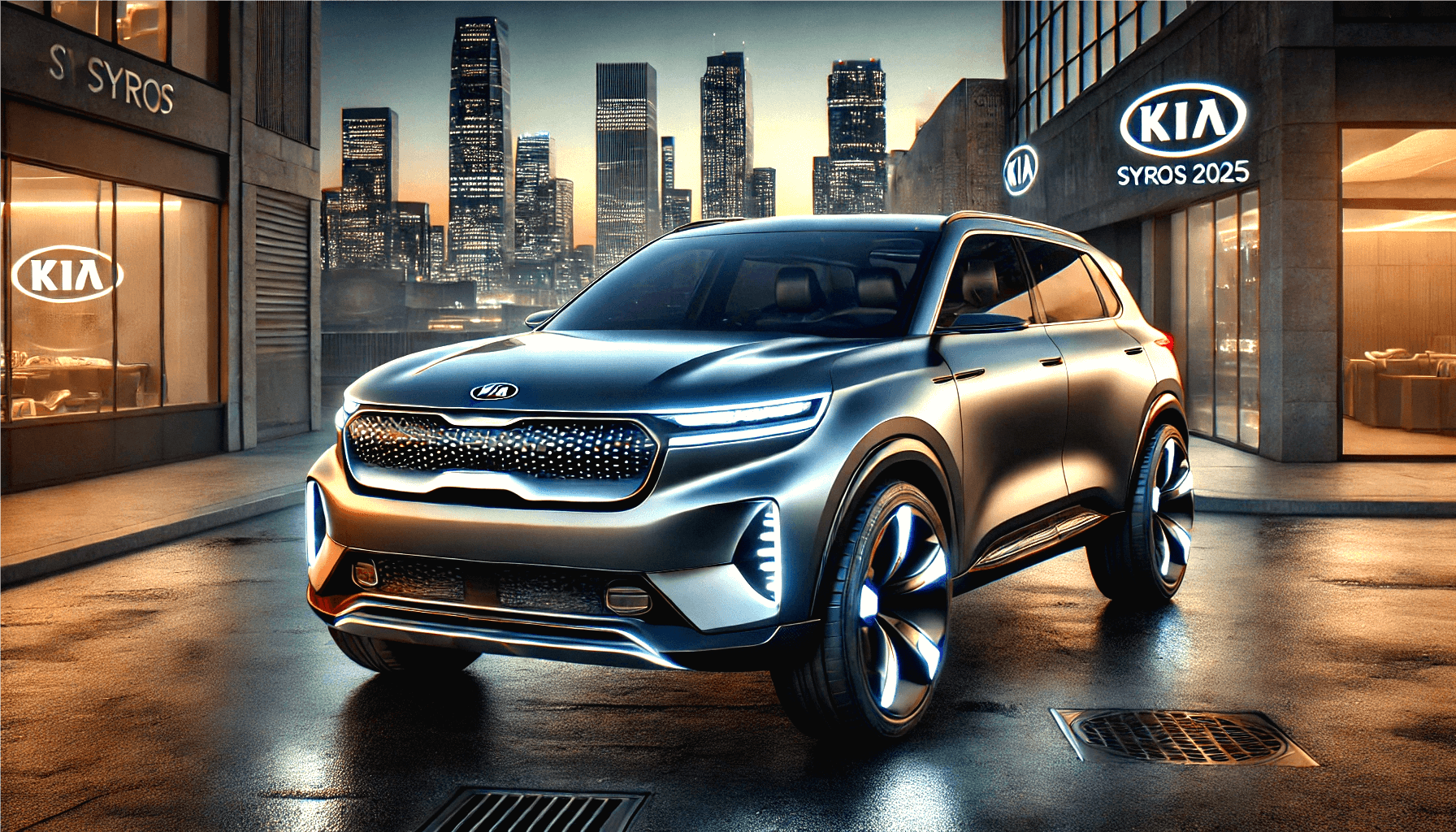Table of Contents
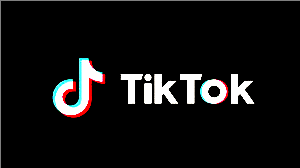
Intro
It’s no secret that TikTok is one of the fastest growing social media platforms. What started off as Douyin in the year of 2016, has evolved over the years and become mainstream. Douyin’s revival as TikTok included transforming it into a social media platform that accentuated professional-grade short videos consisting of various effects and mind-blowing transitions. TikTok was a game changer for the entertainment and content creation sector due to their impressive content library, as well as their building algorithm which catered to a users’ needs. The platform has emerged as a meme content factory for active creators worldwide because of the musical, social justice, challenge and other trends that it started.
The viral sensation that TikTok went has everyone puzzled, but the reality is it is merely a reflection of the changes that occurred in society. The app completely transforms the interaction between people and brands, stunning the audience with its profound creativity and aesthetics. The entire younger generation, particularly Gen Z and even Millennials are the apps core audience, and this gap only increases when influencers and Celebrities begin to use it. Every app has its pros and cons, and given the success of TikTok, it is understandable that there is controversy surrounding the app about, privacy concerns, and geopolitical tension.
The Birth of TikTok
The core philosophy of ByteDance—which is the parent company behind TikTok—has always been to create a single application that is capable of using AI algorithms to tailor content for specific users. Founded in 2012 by Zhang Yiming, ByteDance alongside the parent company developed an app called TikTok that was first launched in China under the name Douyin in September of 2016 and focus on short fun videos that incorporate music and lip sync comedy. The company experienced immense growth after launching Douyin in China as the audience was captivated by the format.
In 2017, the company introduced the app to a broader user base wanting to pursue a worldwide expansion. In the timeline of TikTok, a notable development took place when ByteDance purchased Musical.ly, another short-video app that was popular among users from the US and Europe. The 2018 merger that took place between TikTok and Musical.ly was profitable for TikTok as they gained a large user base. This advancement assisted TikTok in entering the Western markets which led to international development.
By the end of 2018, TikTok became a global sensation. This app enabled users to create interactive short video clips with machine learning controlled instant “For You” feed and it is totally different from the traditional social media. From the onset of it being an entertainment app, TikTok proved to be revolutionary in its ability to enable users to record and share videos without the need of any professional equipment or skillset.
Features and Functionality
Their success, it appears, results largely from a strong user interface that is easy to understand how to use as well as a very effective and efficient algorithm. Users can create 15-60 seconds videos dancing along with a background song, a recording, or even their voice. The intuitive and ease of app use has allowed people most, if not all, regardless of age to create content. The purposes of its platform is designed mainly for users’ self-expression through performing sketches, dance routines, lip-syncing, and even simple tutorials.
One of the unique selling ideas of the app is the “For You” page (FYP) – the algorithm which has the ability to recommend videos to users based on their preferences, interests, and what they have interacted with in the past. The unique aspect of the algorithm is that algorithms in general are designed to increase engagement, however, this one goes a notch higher as it exceeds in recommending content for each user which ensures high retention. This box of videos tailored towards the user ends up being a contributory factor as to why the app has such a high user retention rate.
TikTok ultimately ended up becoming a creative hub for its users, and its video editing tools played a huge role. Users were able to use a wide range of effects, filters, and transitions to easily edit videos. Cutting-edge tools have enabled users to effortlessly produce striking videos TikTok in the past couple of years has introduced wide varying effects such as AR filters, greenscreen, and text animations allowing people to Indulge in visual storytelling.
Content creation and community engagement is significantly influenced by TikTok’s culture of trend, viral hashtags and challenges. During trends, users have noticed that there is a high number of people that participate in viral tasks which usually includes certain kinds of dances set to music. The trends culminate into an enormous amount of creators that begin to remix and collaborate to the existing content which ensures that the trend moves fast on the app. Typically, TikTok users see influencers and other regular people participate in challenges to start a trend, and once a trend starts to gain traction, the growth is exponential and within a short timeframe, reaches out to millions of users.
The Role In the Evolution of Social Media and Modern Culture
Social media and modern culture can singlehandedly be claimed to be cranes by TikTok the moment the app shifted towards video content, enhancing its focus towards the quick short form. With the introduction of Reels on Instagram, Facebook, and YouTube, the app was forced to shift its focus towards visually appealing content similar to TikTok. Furthermore, being able to participate in trending content without being a media influencer, allows people to become viral creators enabling the definition to change significantly.
The TikTok app is gaining endless recognition in reshaping the musical landscape. The use of certain songs in TikTok challenges promotes and elevates a song in the charts and its popularity. When a song becomes a trend on TikTok, it leads to a steep increase in the number of streams and downloads which greatly benefic for the app and the music industry. TikTok has helped many artists like Lil Nas X, doja cat, and olivia rodrigo gain recognition due to their songs becoming viral trends due to TikTok and then gaining popularity in the radio and streaming services.
Additionally, militants have been utilizing TikTok as a medium for social activism along with self expression. Posts related to political issues on social justice and environmental issues have also been raised on the app. The activist used TikTok to voila their messages first while the Black Lives Matter created a huge impact over the app. TikTok has a huge cultural impact over the society as it helps break communication barriers allowing marginalised people to have a voice.
Moreover, the meme culture of TikTok has evolved with some videos going viral and being used as a meme in the mainstream world. In TikTok fashion memes , for, example, goes beyond the app and becomes a formidable influence in other areas of popular culture, including fashion runways and even television series.
How Makes Money
Unsurprisingly, TikTok’s success as a social and cultural platform was bound to motivate the consideration of its business prospects. The app has adopted several strategies, varying from in-app selling to advertising, to remain viable in its operation. In the year 2020, ByteDance, the owner of TikTok made billions of dollars in revenue which placed the company among the most valuable privately owned technology companies across the world.
The advertisement model of TikTok includes native ads, branded ads, and collaborations with influencers. In-feed advertisements which are found invisibly on users’ For You Pages do generate substantial profits. Such ads are tailored for the users’ needs derived from a sets of data so the hit rate is always high. Moreover, brands have also started to use TikTok for influencer marketing by hiring popular creators to endorse products or services naturally.
The monetization of the platform is practices is directly correlated to the brand. There s similarity of the autonomic influencer economy and that of the TikTok. They promote things and get paid out for it, always posting sponsored content and sometimes even going live and receiving gifts video. At the tail end, the platform is undergoing an accelerated growth due to the boom of young creators how venture into the platform and monetize it with its creator economy.
One of these has been the creator fu, we all know advertising is unpredictable, and TikTok as a business interacting with advertisers has been relatively young. Making and putting videos out has turned into a full-time profession for many people. Because of the competitive nature of the world, it becomes important to maintain a certain picture, hence the amount of good content only increases. Gen Z conducts business in a whole different way. The market has been booming providing a perfect environment for fast growth.
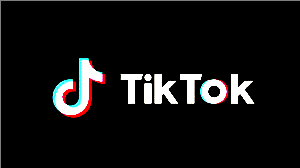
Conclusion
TikTok came out of nowhere, and revolutionized the world of content consumption and creation making the ordinary people global superstars. The way we view social media, music and popular culture was taken by a storm with this new app, marking a new level of entertainment. Thanks to the highly addictive algorithm, simplification of creation processes, and fun trends, TikTok has changed history more websites ever thought was possible.
The future for TikTok remains quite cloudy with plenty of hurdles in the form of regulations and rising competition from other platforms but what remains distinct is that this application has already conquered the world without a doubt. Further foward as the app advances further it will change the texture of social networks and ins forever be a source of inspiration, making people vocal and building connection.
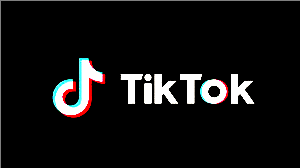
If you are interested for more: “Bharat Mobility: Unlocking 5 Key Steps Towards a Bright Future of Integration in India’s Transportation Sphere” “TikTok: 7 Powerful Factors Behind Its Viral Sensation”
